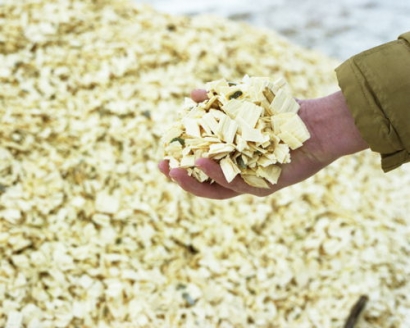
The study underlines that a swift and robust implementation of REDII sustainability criteria will effectively minimize negative impacts associated with the use of woody biomass for energy. For the implementation to be optimal, forest legislation and guidelines must be fit-for-purpose, properly enforced and monitored.
Moreover, the JRC’s research confirms that the largest portion (49%) of EU wood for energy input mix is represented by by-products from wood processing industries, bark and post-consumer wood. While the so called ‘primary wood’ represents 37% of the mix, this is mainly derived by tree-tops, branches and other low-value streams. These findings are consistent with the increasing synergies between the bioenergy sector and other forest-based industries, which are operating towards a circular use of sustainable raw materials.
In addition, by further breaking down the primary wood used by the bioenergy sector, the report underlines a little-known trend: at least half of stemwood used in the bioenergy sector comes from coppiced forests. This management practice, which is amongst the oldest, represents an important source of economic development for rural communities/areas in Mediterranean countries.
Still, considering the complexity of interactions with other sectors, data availability could improve. Bioenergy Europe trusts that the full implementation of the Regulation on the Governance of the Energy Union will contribute to improved availability and quality of data on woody biomass uses.
Regarding the suggestion of lowering the exemption threshold for the implementation of the sustainability criteria, Bioenergy Europe believes that this should not be in scope of the upcoming review. Indeed, the JRC report does not cover socio-economic aspects, nor it takes into account cost-compliance. In addition, the study does not provide information on how the modification of this threshold could discourage further investments in the sector, undermining the achievement of the transition.
Concerning the conclusions of the study on how to improve of the sustainability criteria, Bioenergy Europe supports the protection of primary forests, highly biodiverse grassland and highly biodiverse forests.
Jean-Marc Jossart, Bioenergy Europe’s Secretary-General, explains that, “The bioenergy sector is proud to play a pioneering role in guaranteeing the sustainability of its supply chain: RED II sustainability criteria are the first step towards a holistic sustainability governance irrespective of final uses and geographical origin.”

